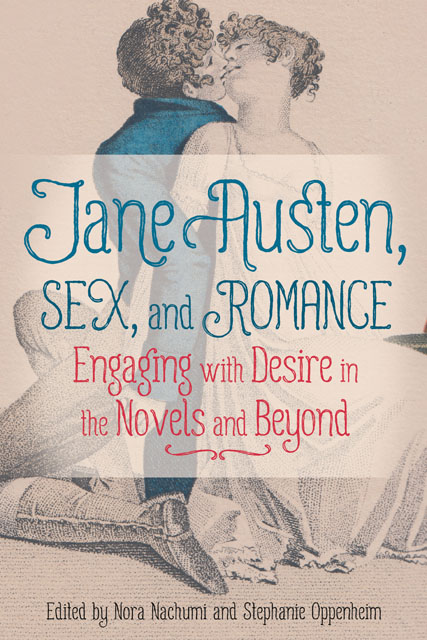Book contents
2 - Performing (Dis)comfort: Queer Possibilities in Jane Austen’s
Published online by Cambridge University Press: 11 January 2023
Summary
“A love of the theater is so general, an itch for acting so strong among young people.”
When Tom Bertram brings John Yates to Mansfield Park, he sets in motion the moral downfall of the Bertram sisters. The private theatricals that are extensively rehearsed but not performed spark Maria’s inevitable affair with Henry Crawford and Julia’s elopement with Yates. But the Bertram sisters are not the only ones endangered by acting. The other young people are all involved—even Fanny Price takes pleasure in watching and prompting the amateur actors as they attempt to learn their lines—and they all suffer disappointment, broken hearts, or at least the wrath of Sir Thomas’s displeasure. While critics disagree about the extent to which Fanny is involved, most agree that Lovers’ Vows—the play that, as Elaine McGirr notes, the young people “spectacularly failed to perform”—contributes to the novel’s themes of performance and deception. While scholars examine the effect the play has on the Bertram sisters, Edmund, Henry, and Fanny, few recognize the importance of this play as the pivotal beginning of the queer possibilities between Mary and Fanny. The heteronormative narrative consistently prevents those possibilities from becoming realized. Yet heterosexual endings in romance novels do not have to determine the fate of our queer readings. We can still find queer potential in the narrative’s fissures. Through moments of theatricality in Mansfield Park, spaces are opened when we shift focus away from the traditional hero/heroine coupling and consider instead the search for queer comfort between Fanny Price and Mary Crawford.
Queerness in the novel shows itself in the oscillating moments of (dis) comfort that Mary and Fanny experience and the way they embody difference through gender performance. I use “queer” in this essay to mean not strictly heterosexual. While “queer” can be a problematic when used as an umbrella term, it can also function as a convenient shorthand for the kind of desire that complicates the heteronormative. It enables us to name fluid desire without resorting to anachronistic terms like “bisexuality” and “pan-sexuality.” Queer connotes an embrace of the nonnormative, the potentially messy, and the beautifully complex—all of which encompass Mary and Fanny’s relationship. Previous queer readings of this novel have explored the desire between Mary and Fanny and the incestuous desire between Fanny and Edmund (as a close representation of William).
- Type
- Chapter
- Information
- Jane Austen, Sex, and RomanceEngaging with Desire in the Novels and Beyond, pp. 30 - 46Publisher: Boydell & BrewerPrint publication year: 2022

